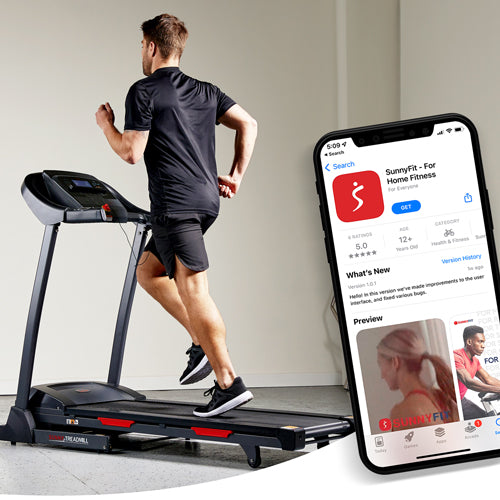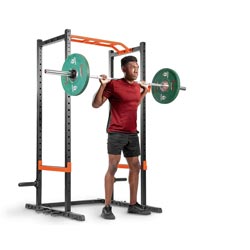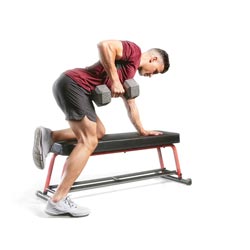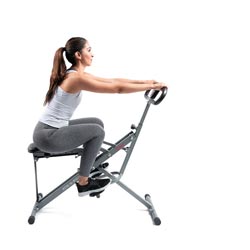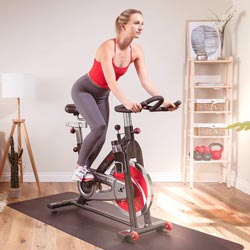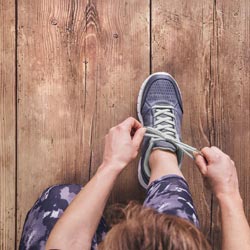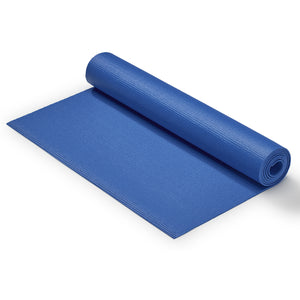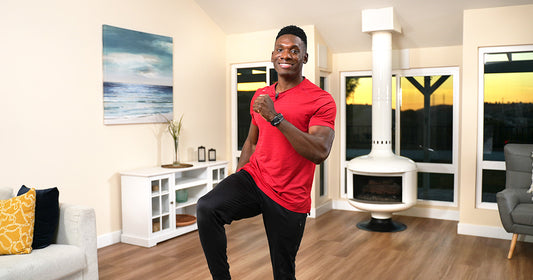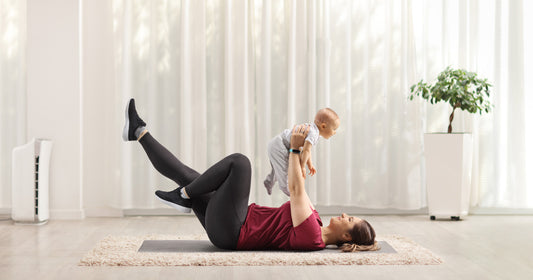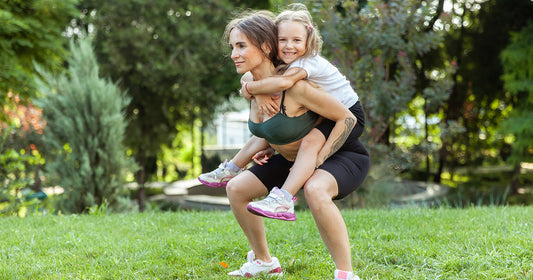Yoga and general stretching are a few common practices that can improve your joint range of motion. If you have noticed that you have lost some of your flexibility over time or experience an injury that has decreased your joint range of motion, you may want to consider stretching.
Flexibility affects your health and fitness. Poor posture can be a large factor in decreased flexibility and performance. Joint or muscular pain development from tight muscles surrounding sensitive nerves are good reasons to seek out flexibility training.
So how do you know what kind of stretching you should do? In this article, we’ll help you determine alternative stretching protocols you can try, so you can seek out the most effective way to help you increase your flexibility and improve your physical performance and well-being.
Researchers supports that flexibility training can decrease chance of injury, prevent or correct muscular imbalances, improve posture, and enhance joint range of motion. Stretching can also help your muscles perform better at any age!
Many individuals have flocked toward yoga because of its longstanding reputation as being a go-to practice for increasing flexibility. However, other forms of stretching have been shown to increase flexibility just as well as yoga practices.
Check Out These Five Techniques That May Help You Increase Your Flexibility and Performance.
Self-Myofascial Release (SMR)
Commonly used with a foam roller or other massaging equipment, this technique can help reduce trigger point pain and inhibit overactive musculature. The constant pressure works on a physiological level to decrease muscle excitation and release tension to improve flexibility.
Static Stretching
In this position, you will hold your body in a static or still position for a minimum of 30 seconds to help correct existing muscle imbalances.
Active-Isolated Stretching
This form of stretching requires dynamic movement of a joint to induce extensibility of muscle tissue. Practice this stretch before your activity. It works best when it’s done after Myofascial release and Static Stretching.
Dynamic Stretching
Also called functional stretching, this technique requires momentum to take the joint through its full range of motion. You may consider this stretch if you have good motor control, core stability, and balance.
Neuromuscular Stretching
Also referred to as PNF or proprioceptive neuromuscular facilitation, this stretch is done best with the assistance of a professional. This method of stretching requires the client to move their limb through it normal range of motion until there is a resistance barrier from tight muscles. The professional then calls for the client to push against the professionals applied resistance to the limb. After a few seconds the client relaxes and the professional increases pressure on the limp to move the joint into its new range of motion.
Stretching is necessary to maintain optimal health. If you’re looking for a durable lightweight exercise mat to start your routine, we’ve got you covered.
Flexibility Training: Why Stretching and Flexibility Is Important. https://blog.nasm.org/certified-personal-trainer/training-relevance-of-flexibility. Accessed 3 November, 2022
